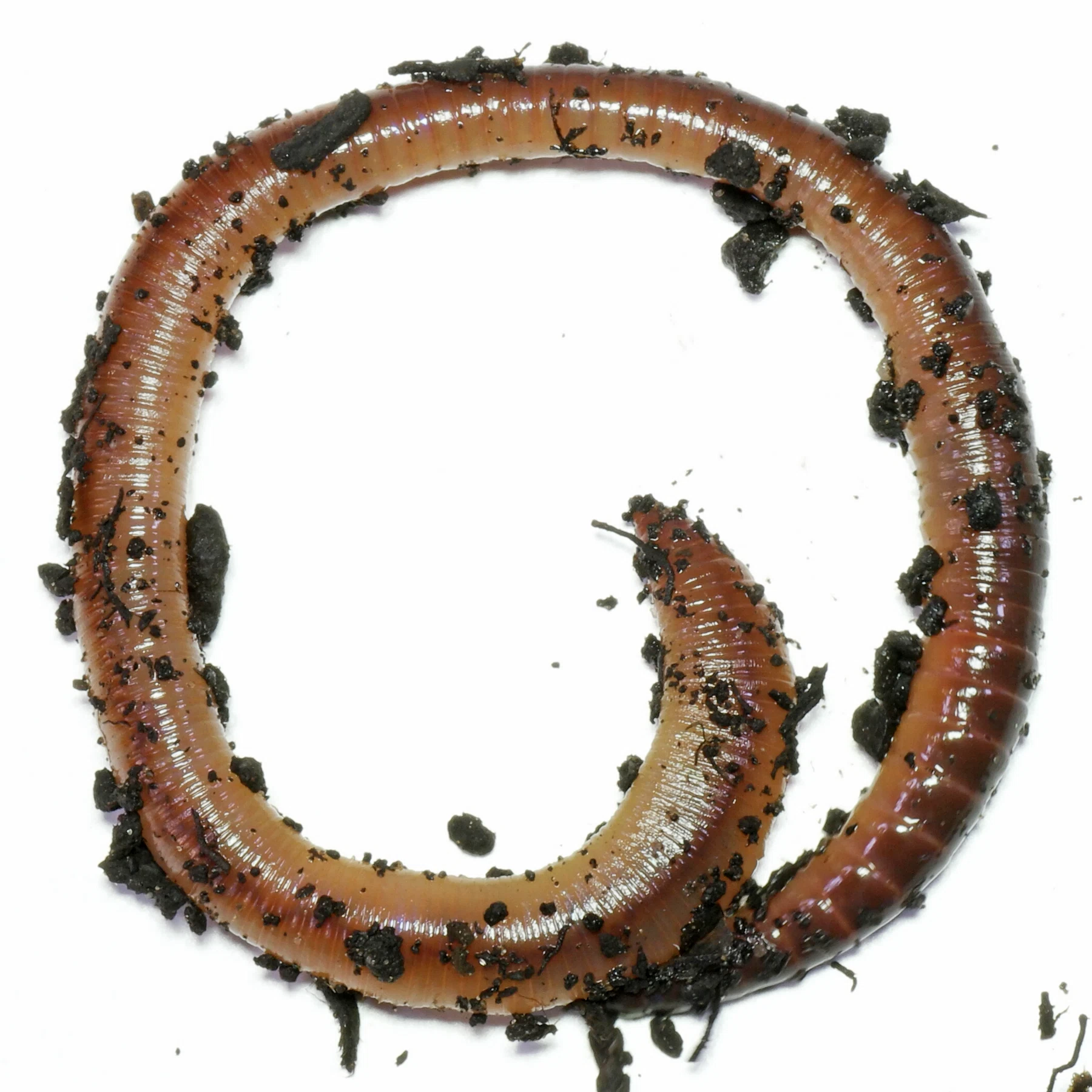The Common Earthworm (Lumbricus terrestris) can grow to over 30 centimetres long and live for up to 8 years. It is native to Europe, but with human help it has spread to many other regions where it has become established. It is considered an invasive species in some parts of North America (source).

Lumbricus terrestris lives in the ground, digging deep burrows. It feeds on wilting and dying parts of plants. It can be found in meadows, on dams, in parks and gardens.
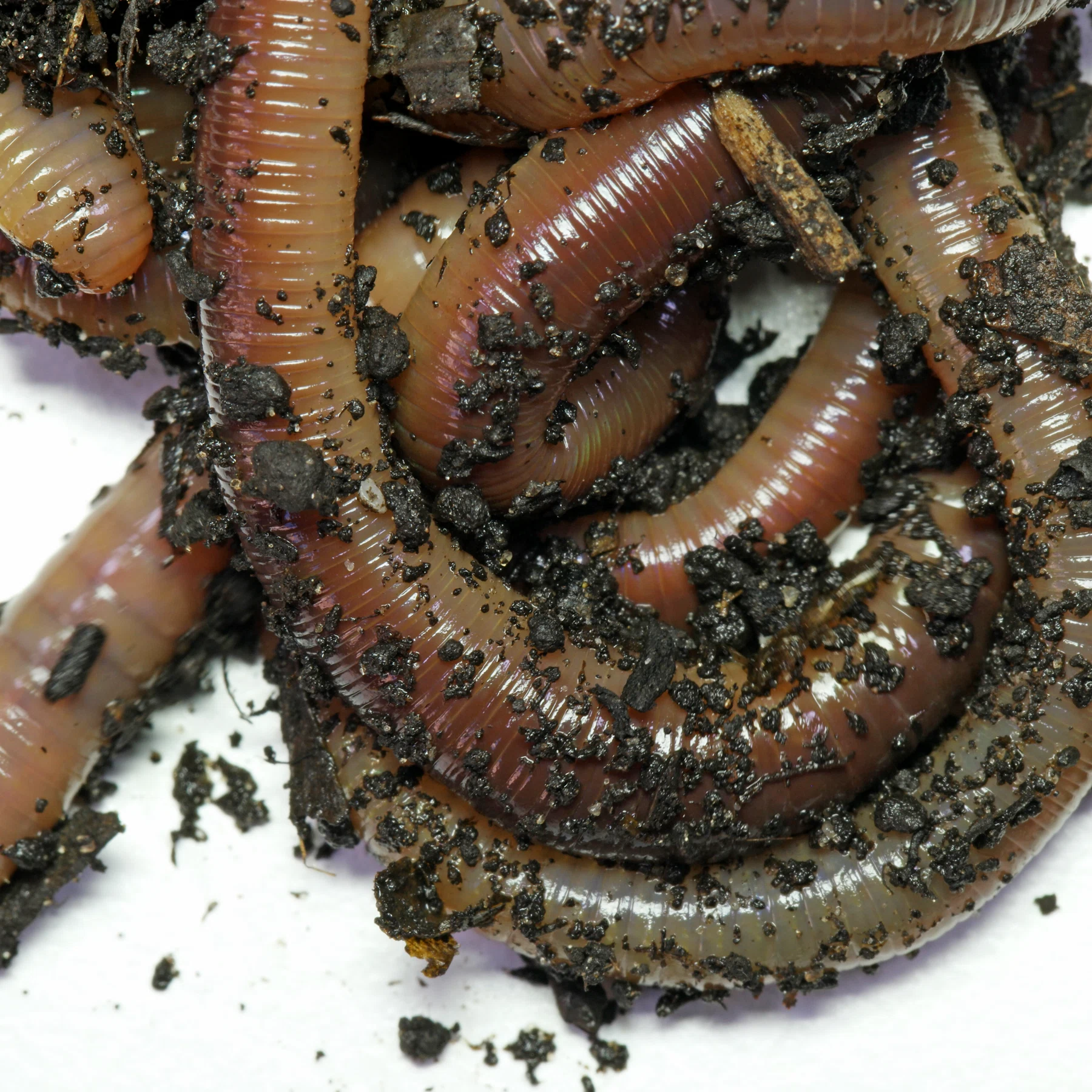
Earthworms in the garden
The Common Earthworm and its relatives aerate and fertilise the soil. Their droppings contain nitrogen, which is essential for many plants. To improve the soil for us, they need food. So the garden does not need to be kept clinically clean.
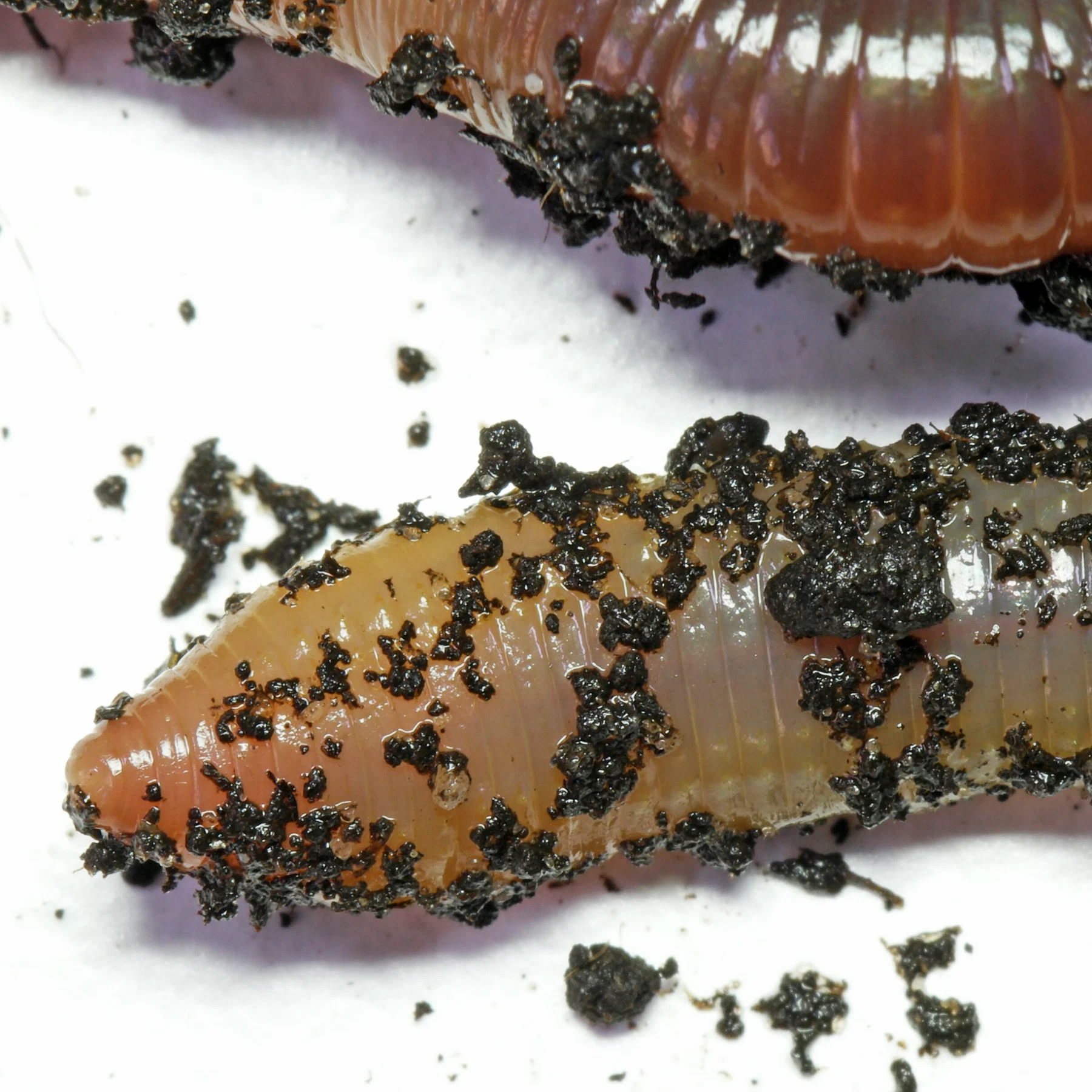
It is good if the garden is kept close to nature. Without artificial fertilisers, pesticides and fungicides. Instead, use wild perennials and do not dig. Leave dead plant parts such as leaves in the beds.
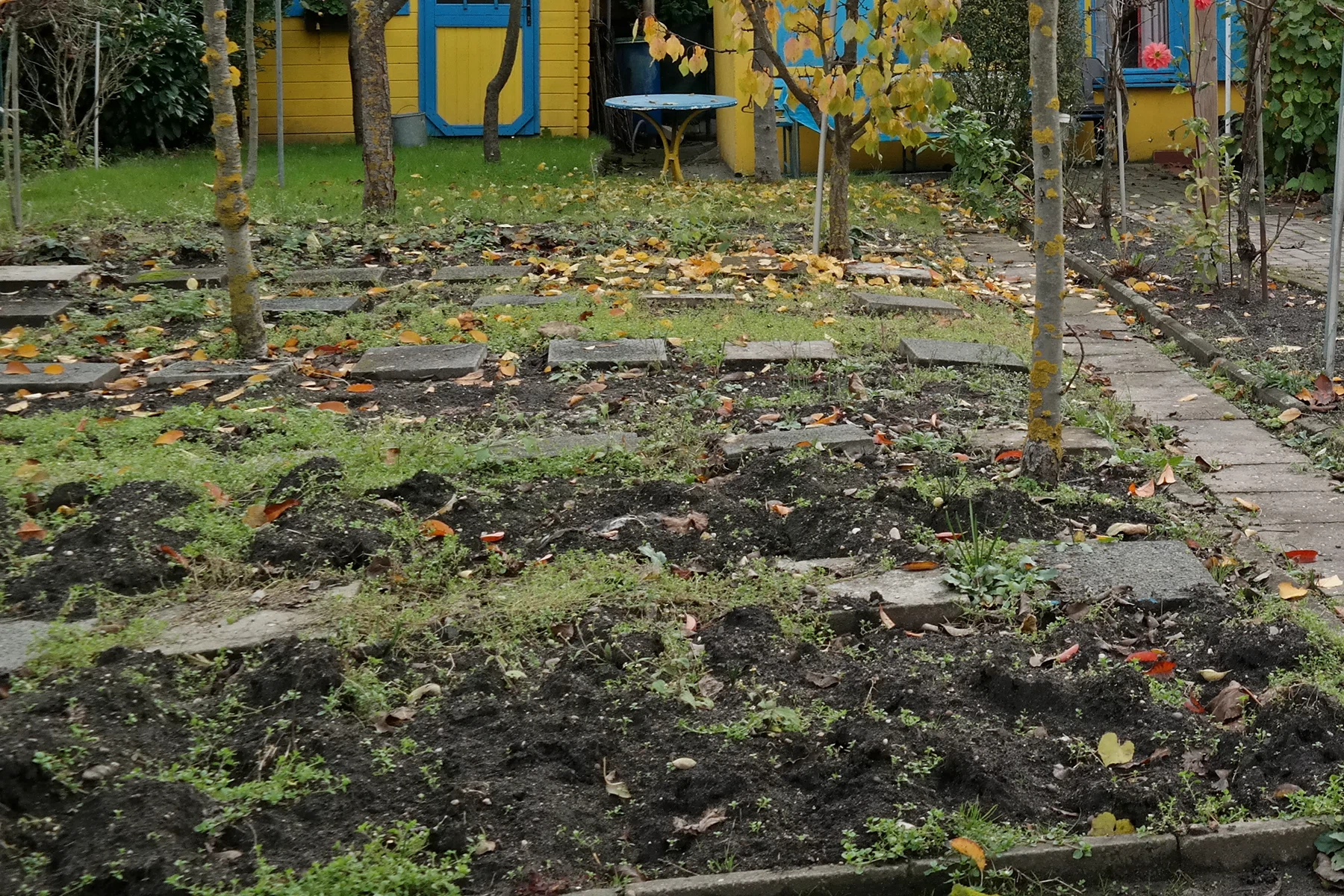
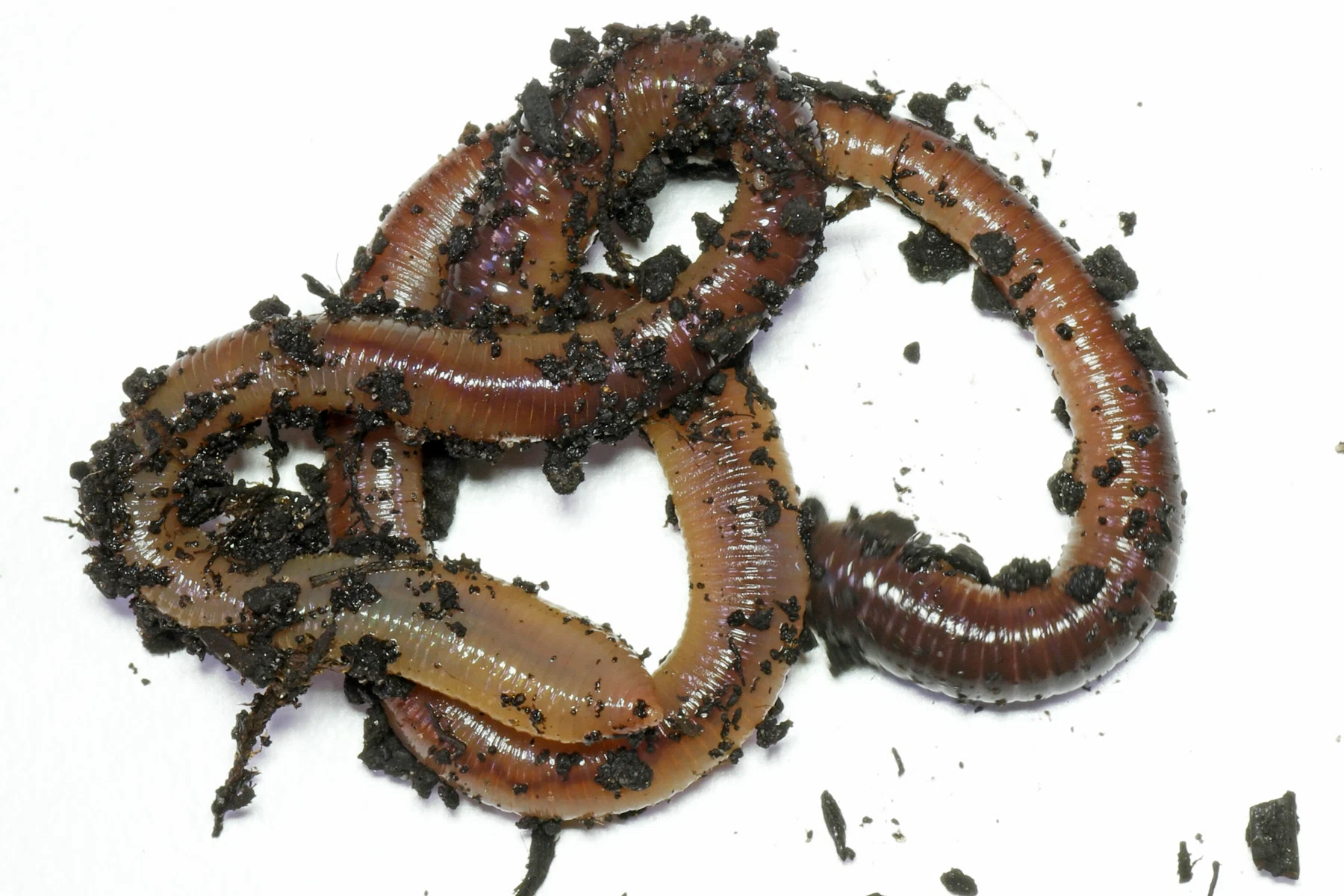
Categories: Worms
